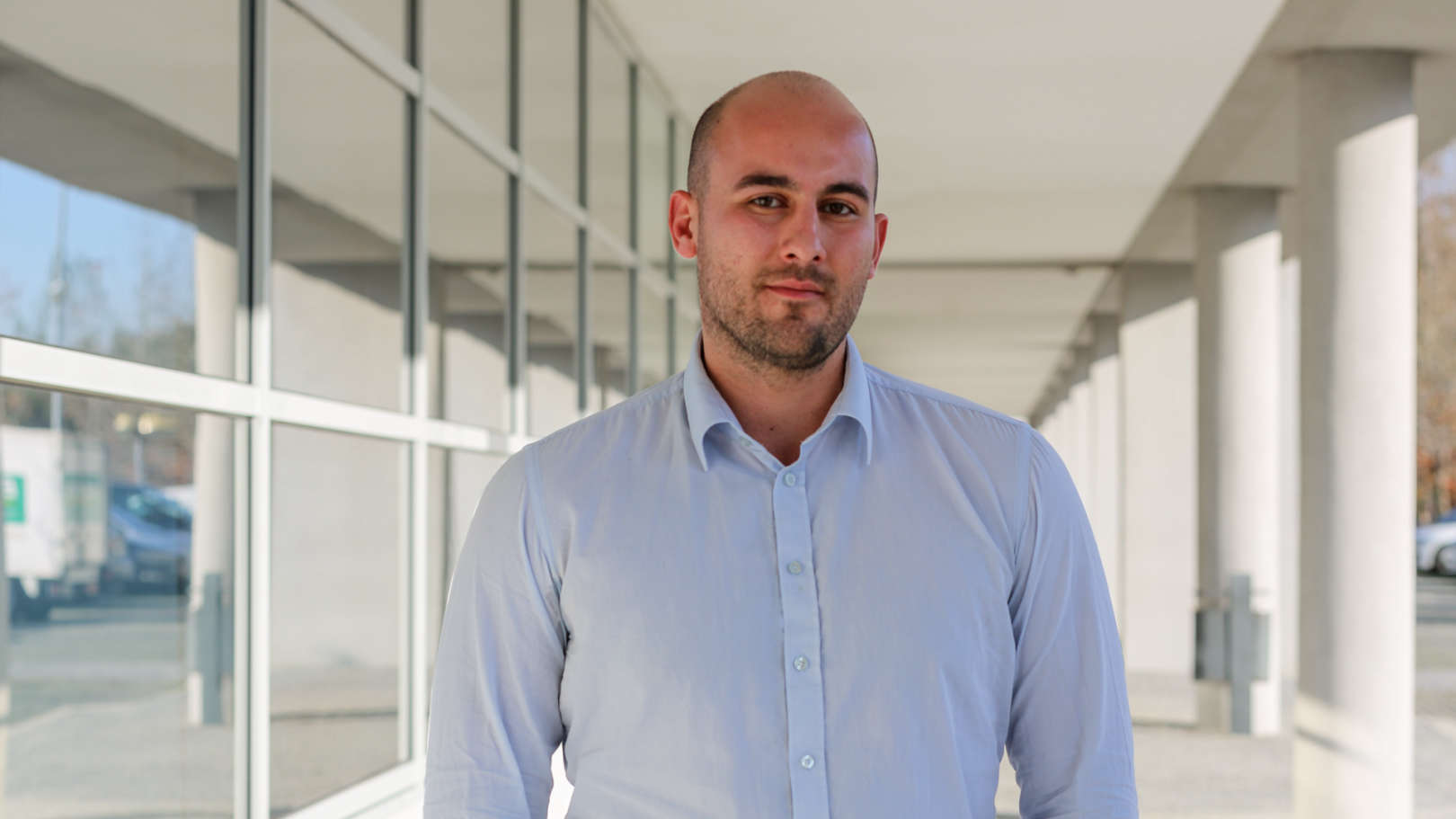About
Tamás Karácsony is a Ph.D. candidate in the Carnegie Mellon Portugal affiliated Ph.D. (CMU Portugal) program in the Doctoral Program in Electrical and Computer Engineering (PDEEC), at the Department of Electrical and Computer Engineering of the Faculty of Engineering of the University of Porto (FEUP), Portugal, and a researcher at INESC-TEC: Institute for Systems and Computer Engineering, in the Center for Biomedical Engineering Research (C-BER) in the Biomedical Research And INnovation (BRAIN) research group.
His PhD thesis "Explainable Deep Learning Based Epileptic Seizure Classification with Clinical 3D Motion Capture" is supervised by Prof. João Paulo Cunha and co-supervised by Prof. Fernando De la Torre. He is a visiting research scholar at the Computational Behavior (CUBE) Lab working with Prof. László A. Jeni, and at the Human Sensing Laboratory (HSL) working with Prof. Fernando De la Torre at The Robotics Institute (RI), Carnegie Mellon University (CMU). His research focuses on Advanced Human Sensing, 3D Motion Capture, Action and Pattern Recognition, Computer Vision, and Neuroengineering.
He earned an MSc degree with honours in Biomedical Engineering (2018) from the Technical University of Denmark (DTU), a BSc (2016), and an MSc with highest honours (2020) in Mechatronics Engineering from Budapest University of Technology and Economics (BUTE).


